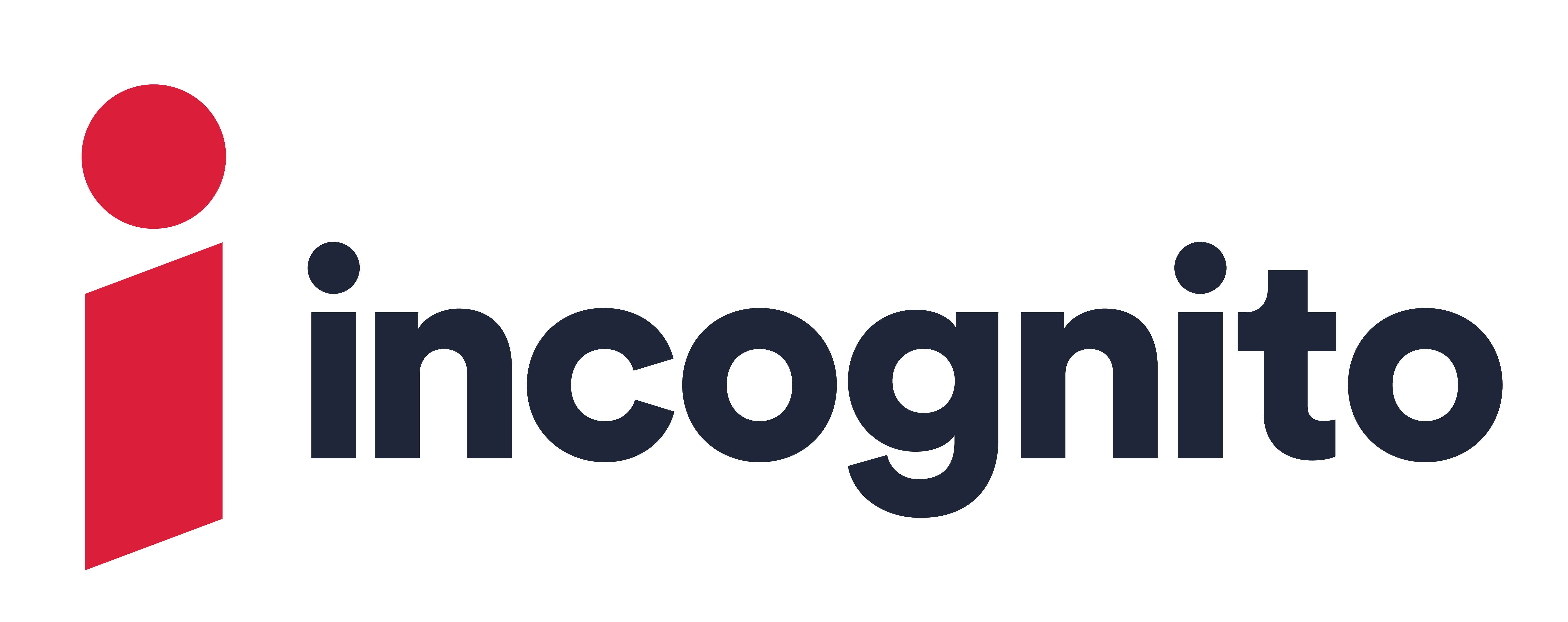However, the cable industry is growing, fueled by the analog to digital transition, consolidation of players, use of service bundles, and increased “triple-play” penetration. These issues were in the spotlight last week at the annual Pan-European cable industry conference, Cable Congress, in London. With investors’ positive outlook acting as a backdrop, there was a keen focus on “what’s next” for cable. What will be the killer app that will sustain growth and create future prosperity? Just as cable found a phenomenal growth engine in broadband Internet access over a decade ago, it is now searching for the next big thing.
“Triple play” – or video, voice, and data – has saved the day for cable in Europe, especially in regions hit hardest by current economic turmoil. Triple play has made it harder for competitors to lure subscribers away because cable provides communication, entertainment, and information. Bundling has also helped increase average revenue per user (ARPU). Evidence presented by Portugal-based ZON Multimedia showed that even in the face of economic hardship, when GDP and household income were contracting, revenue-generating units (RGU) actually increased.
Timing could very well be on cable’s side right now. The convergence of technology could make it possible for cable providers to expand their service bundles. Many operators are exploring –– and some have actually started offering –– in-home security services beyond home entertainment. Mobility, the extended quad play, is poised to become a critical driver for cable’s growth. There’s an opportunity here for cable providers to create customer stickiness, loyalty, and spur consumption through WiFi in the home, as well as WiFi offloading services in public places, such as shopping malls or stadiums. It may not be sheer coincidence that this year’s Cable Congress was held in London, where the city’s iconic underground boasts a WiFi system deployed by the UK’s major cable operator –– Virgin Media.
As with any structural change in an industry, there are many forces at play. The proliferation of communication devices, the ever-increasing speed of broadband networks, the connectedness of networks, and the ubiquity of content are working to drive convergence of devices, networks, applications, services, and even customer care. Convergence in the context of the cable industry’s future has become the fundamental driver of growth and prosperity.
There are more tricks in the bag for cable as it searches for the next killer app. For example, business-to-business communication is a largely untapped market for cable operators in Europe, where traditional Telcos dominate. In the United States, commercial services have become a multi-billion dollar business for leading cable operators, and in Europe these services are increasingly within cable’s reach.
There has also been an increased focus on what really wins the game –– simplicity. This comes down to connecting disparate devices, providing navigation to the right content at the moment of need, allowing access from anywhere at anytime, and resolving any issue at the first point of contact. Consumers want integrated packages and a personalized, synchronized, blended experience. One senior executive shared his winning formula: fast and reliable broadband, superior TV experience, brand quality, and quality of services. It sounds strikingly straightforward: give people what they want and have the best services to back it up.
Overall, consumers want functionality, simplicity, and usability. No wonder that at Cable Congress there was much discussion about Liberty Global’s much ballyhooed Horizon Project –– an attempt to integrate web and personal content onto TV, allowing consumers to consume and manage content on multiple devices in the home with an intuitive user interface. Providers are investing in elegant user interfaces and navigation, as these are seen as critical factors in the race to retain and gain new subscribers.
As with any opportunity, there are challenges. As cable expands its presence inside the home, with all the devices connected, where does a cable provider’s responsibility begin and end? With the home gateway in place, and multiple devices hanging off of it, who’s going to troubleshoot when there’s a problem with WiFi, if a device doesn’t sync, or if there is an issue with the PC? And once you’ve figured that out, how can you monetize that service to create a sustainable business model? Operationally, staff training and skill upgrades will be needed as the industry strives to differentiate itself with quality of service.
Cable Congress has always placed a keen focus on business models and this year it delivered –– examining the industry from inside out and from top to bottom –– to better understand consumer behavior and plan for the future. There may not be one single app that will support the cable industry’s growth, but a multitude of options that will spur the industry’s next phase of growth.
